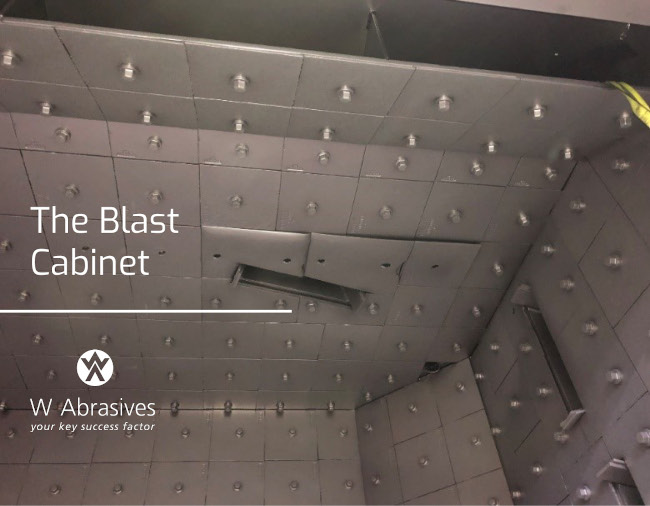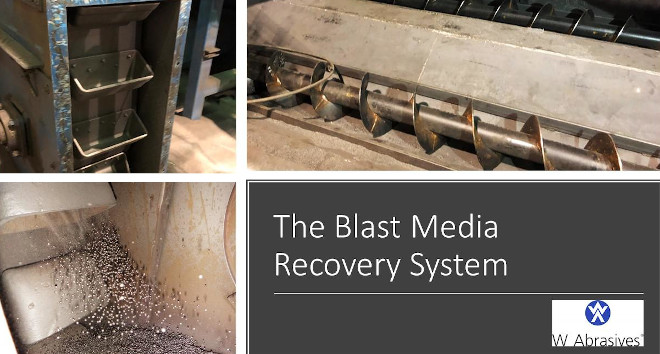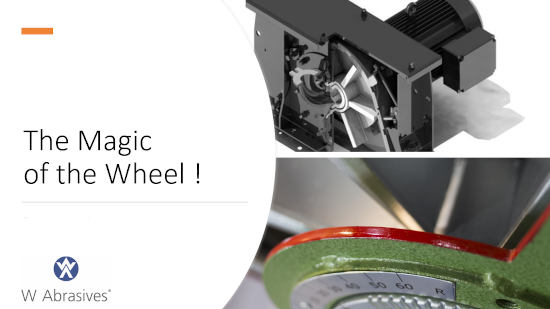Seemingly the lowest maintenance area of a blast machine, the blast cabinet actually requires considerable care to maintain its integrity and prevent safety hazards. If you have ever been hit by a granule of shot travelling 200 miles per hour, then you know what I mean by safety hazards. However, just leaks of abrasive can be a slip hazard. Maintaining the integrity of the blast cabinet will help ensure the blasting process is a safe process.
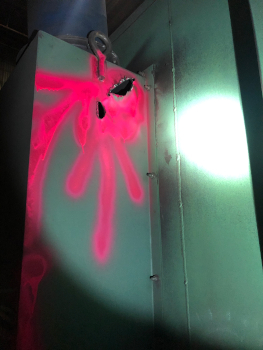
Figure 1: Openings and wear often visible, but too often ignored.
.jpeg)
Figure 2: Example of cabinet rebuilding carried out quickly and inefficiently.
The blast cabinet will usually be comprised of one or more chambers. A tumble blast machine will have just the main blast cabinet. However, in a wheel blast machine, there is usually at least one before the actual chamber that contains the blast wheels where the blasting occurs. This is to provide another degree of separation from the blast zone and to contain any abrasive that might escape the blast chamber. There is usually also at least one behind the blast chamber for the same reason. For some machines, such as plate blasters, there will be, in sequence, a brush off chamber followed by a blow off chamber. Both systems are to remove the abrasive that piles on top of the plate as it leaves the blast chamber so that the abrasive does not ride the plate out of the machine. Each chamber is usually separated by a gum rubber finger seals or plastic finger seals. Keeping these finger seals in good condition will be the first step in keeping the abrasive where it should be, in the machine. They should be replaced when worn or torn.
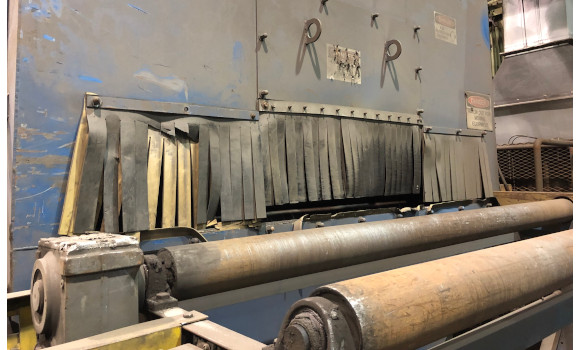
Figure 3: Typical Rubber seals to keep the abrasive where is should be !
In the blast chamber of the cabinet, where the wheels are located, you can imagine how violent things get. Abrasive is being hurled at extremely high velocity and will bounce and ricochet all over the inside of the cabinet. Ideally, it hits the parts needing cleaned first, but it will still impact other areas with significant force. These other areas are the blast cabinet itself, without proper protection, will begin to degrade to the point where holes are formed. This protection usually comes from heavy duty liner plates (most often made from cast manganese) and/or rubber liners, which are bolted to the inner areas of the blast chamber that receives abuse. These liners are meant to wear over time while keeping the integrity of the external cabinet area free from damage. These liners are also able to be replaced rather easily compared to having to perform major repair on the cabinet itself. Weekly checks of the liners should be carried out to ensure they are not worn through and abrasive is hitting the outer walls of the cabinet.
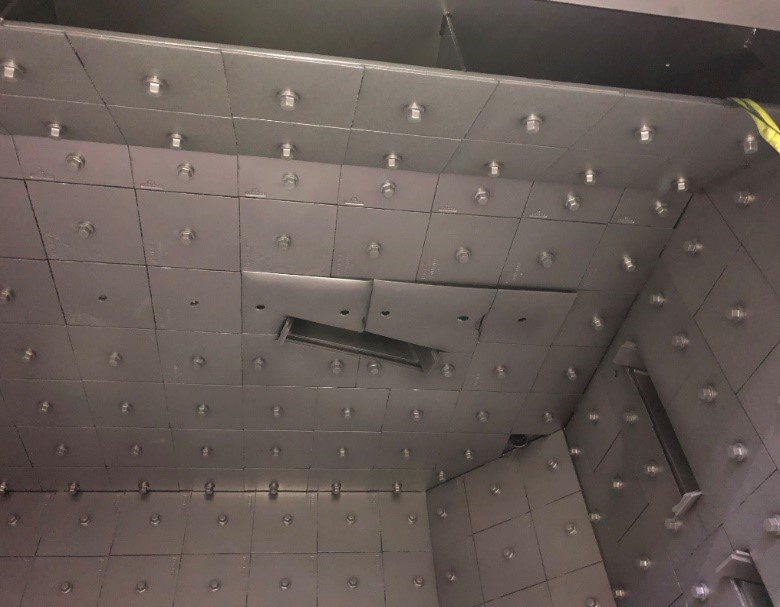
Figure 4: Cabinet well protected with manganese liners
Note: Rubber liners are better used in areas of the cabinet that are not impacted directly from the wheels. Having them where the impact of the abrasive is greatest will lead to them breaking down and contaminating the blast surface or large chunks getting caught in the recovery system and disrupting the flow of the abrasive.
Lastly, a commonly overlooked aspect of the blast cabinet is dust removal. This is very vital in the blasting operation, especially for coating operations. Dust left in the blast cabinet can end up on the cleaned parts and cause issues with adhesion, so removing the dust completely is key in surface preparation. The same dust collector responsible for removing the dust through the separator is also tied into the blast cabinet for most operations. Having the correctly sized dust collector and properly balancing the flow of air throughout the blast machine will keep your parts dust free and cleaning beautifully.
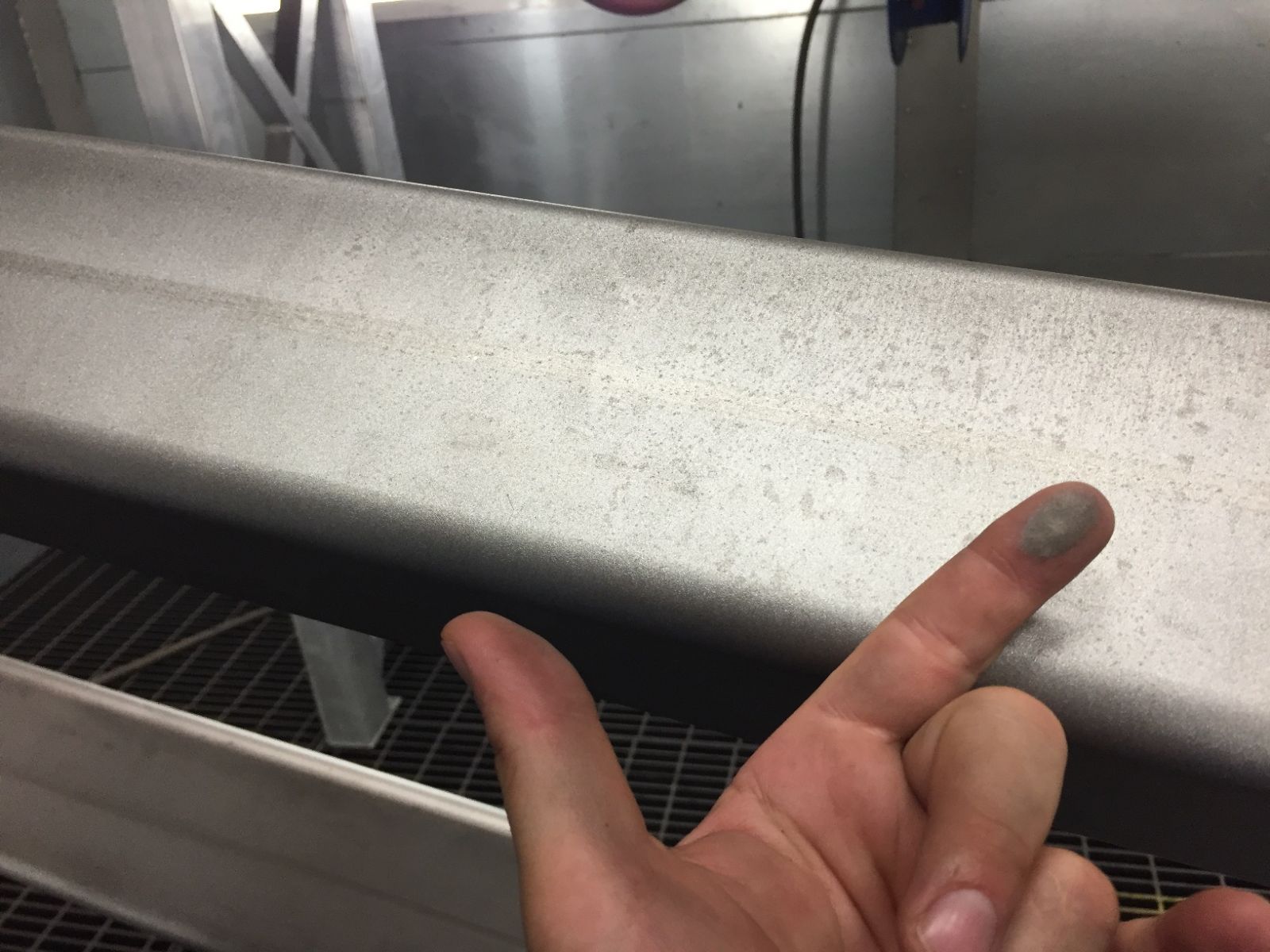
Figure 5:Possible paint adhesion problem due to dust left on parts.
Overall, with regular preventative maintenance, the blast machine cabinet will last forever. Keeping it properly lined with protective liners, maintaining the correct blast pattern, loading the machine properly according to its design and effectively removing sand and fines from the operating mix will ensure its longevity.
W Abrasives offers service contracts to assist your maintenance staff with preventative maintenance to keep your machines running at peak performance. Reach out to your RSM or out Technical Team to set up a consultation.
Follow us on LinkedIN and subscribe to our blog: The Blog of Blasting
Written by :
Chris Prouty
Technical Service Advisor, NAO
Chris.Prouty@wabrasives.com
(682) 300-1885





